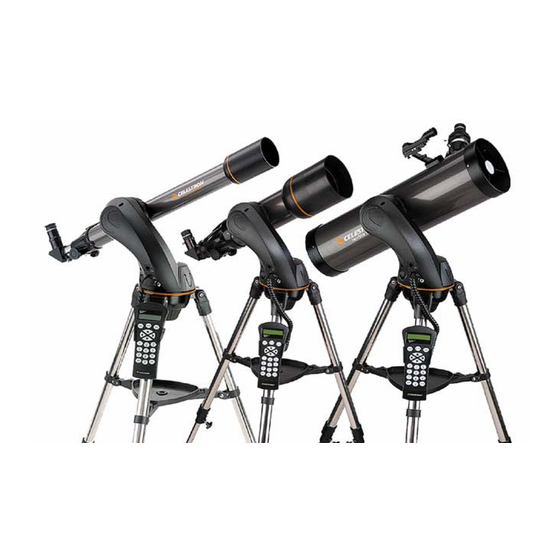
Celestron NexStar 80 Instruction Manual
Nexstar slt
Hide thumbs
Also See for NexStar 80:
- User manual (241 pages) ,
- Instruction manual (50 pages) ,
- Owner's manual (16 pages)
Table of Contents
Advertisement
Quick Links
Advertisement
Table of Contents

















Need help?
Do you have a question about the NexStar 80 and is the answer not in the manual?
Questions and answers